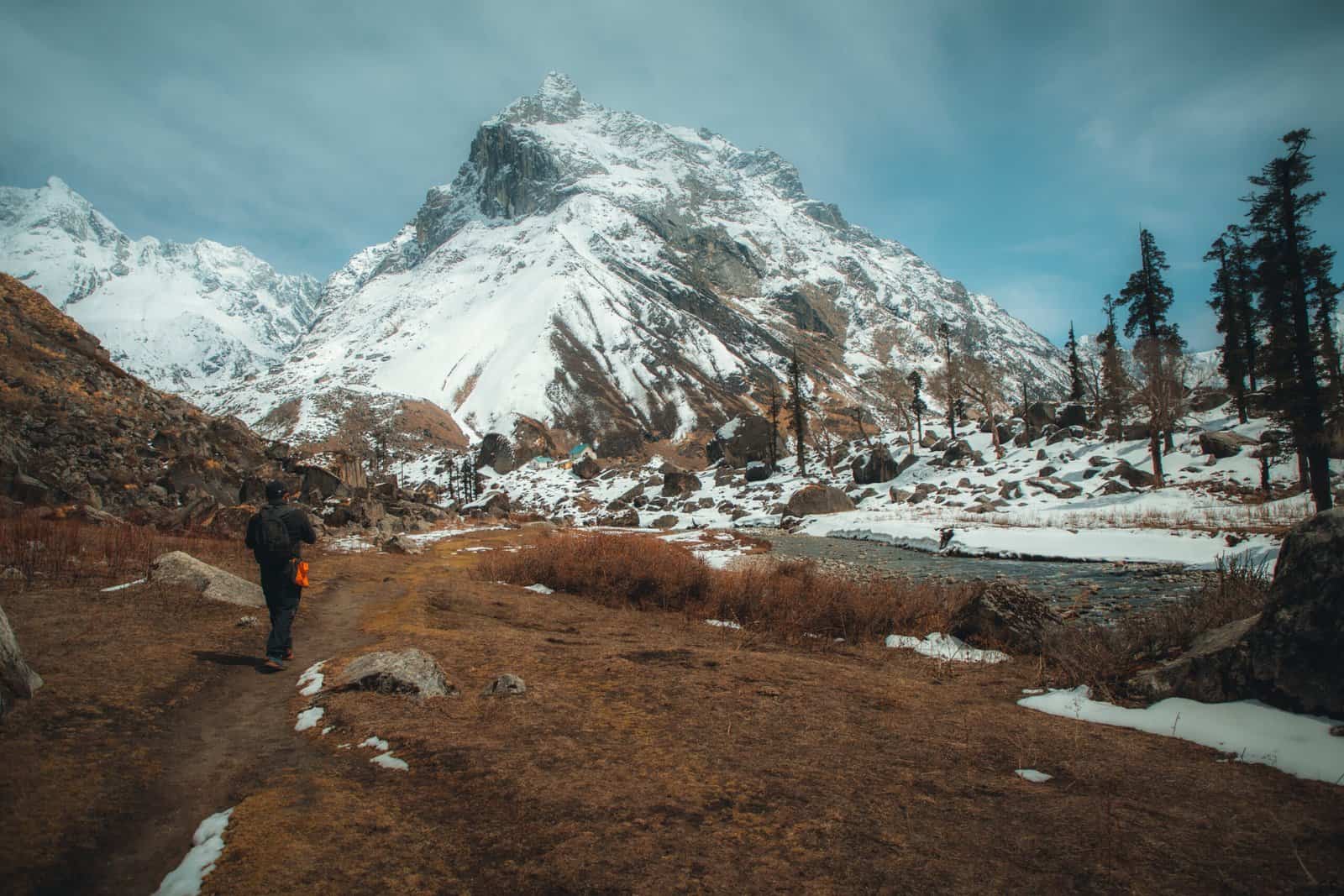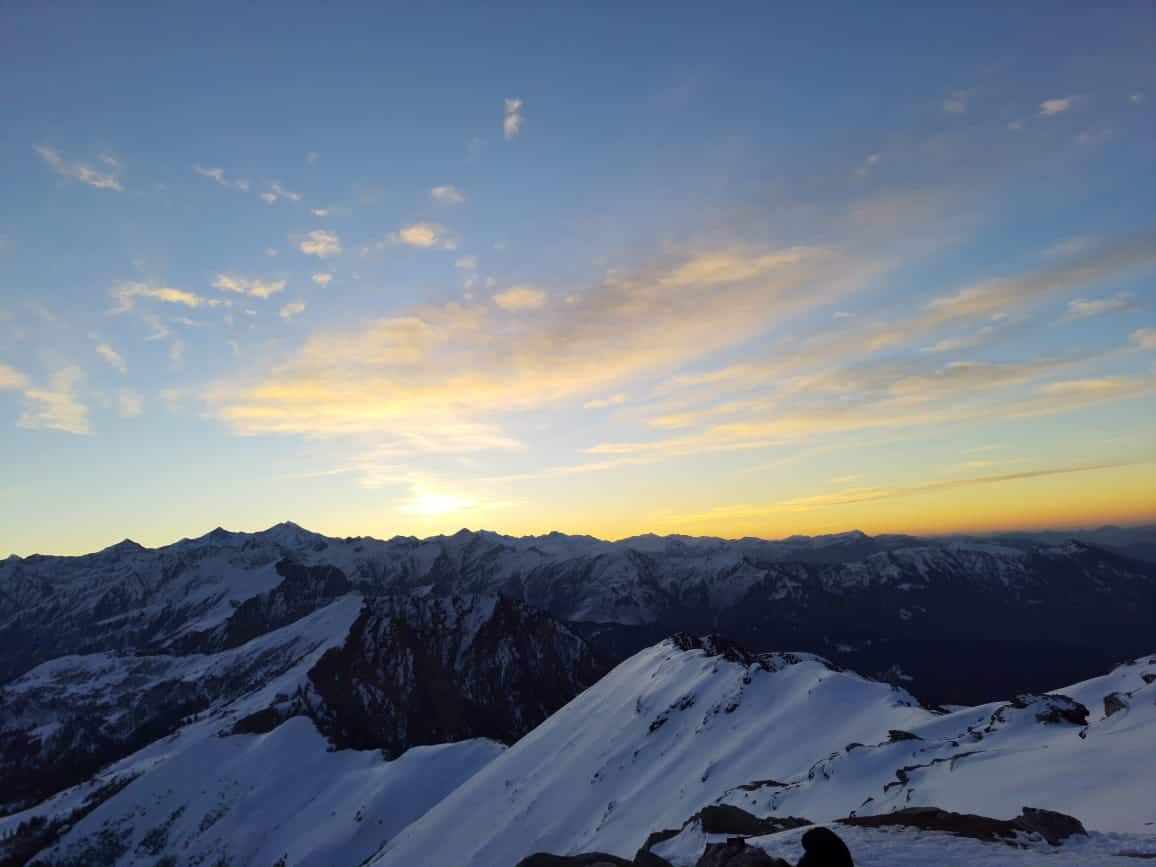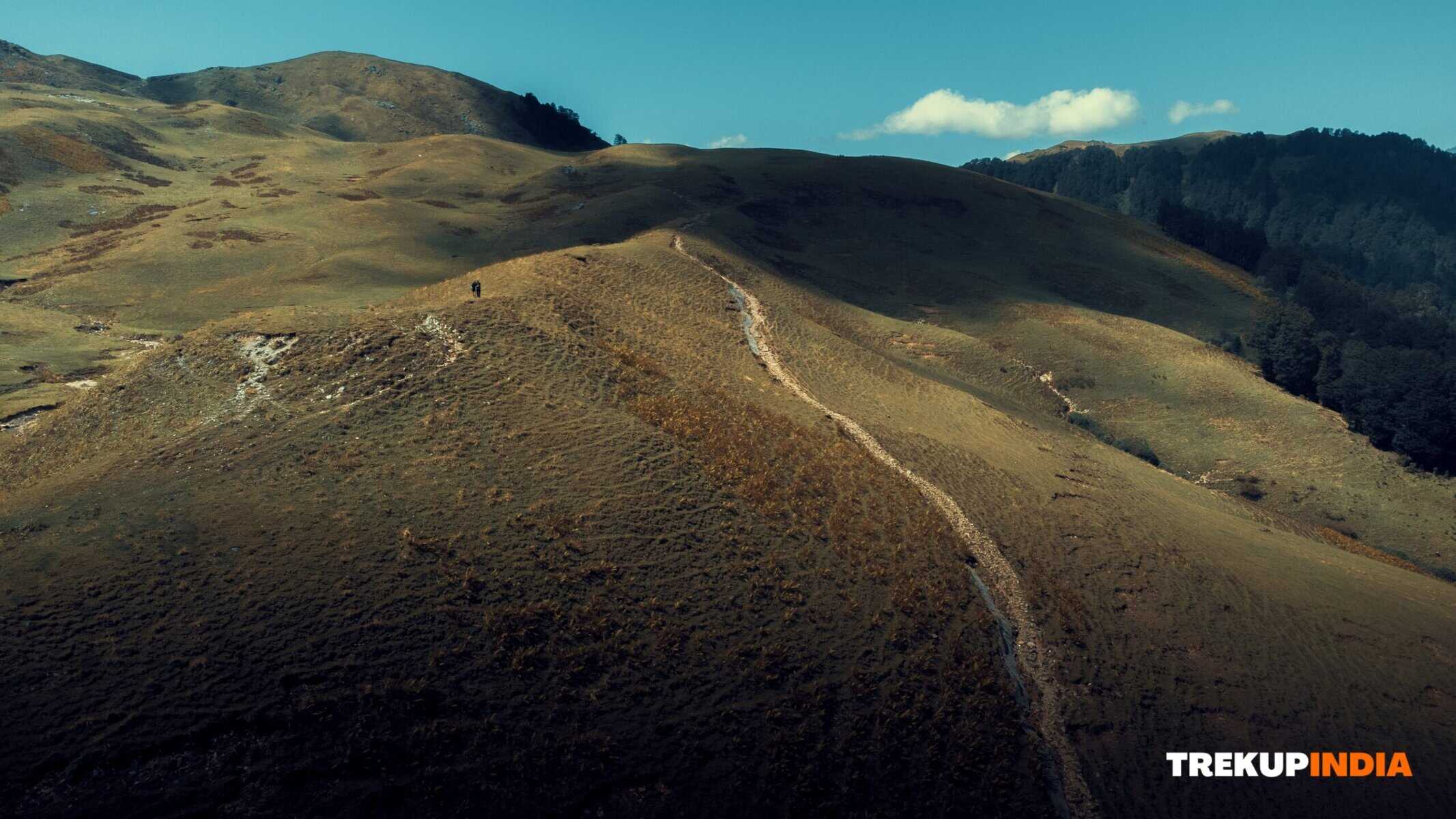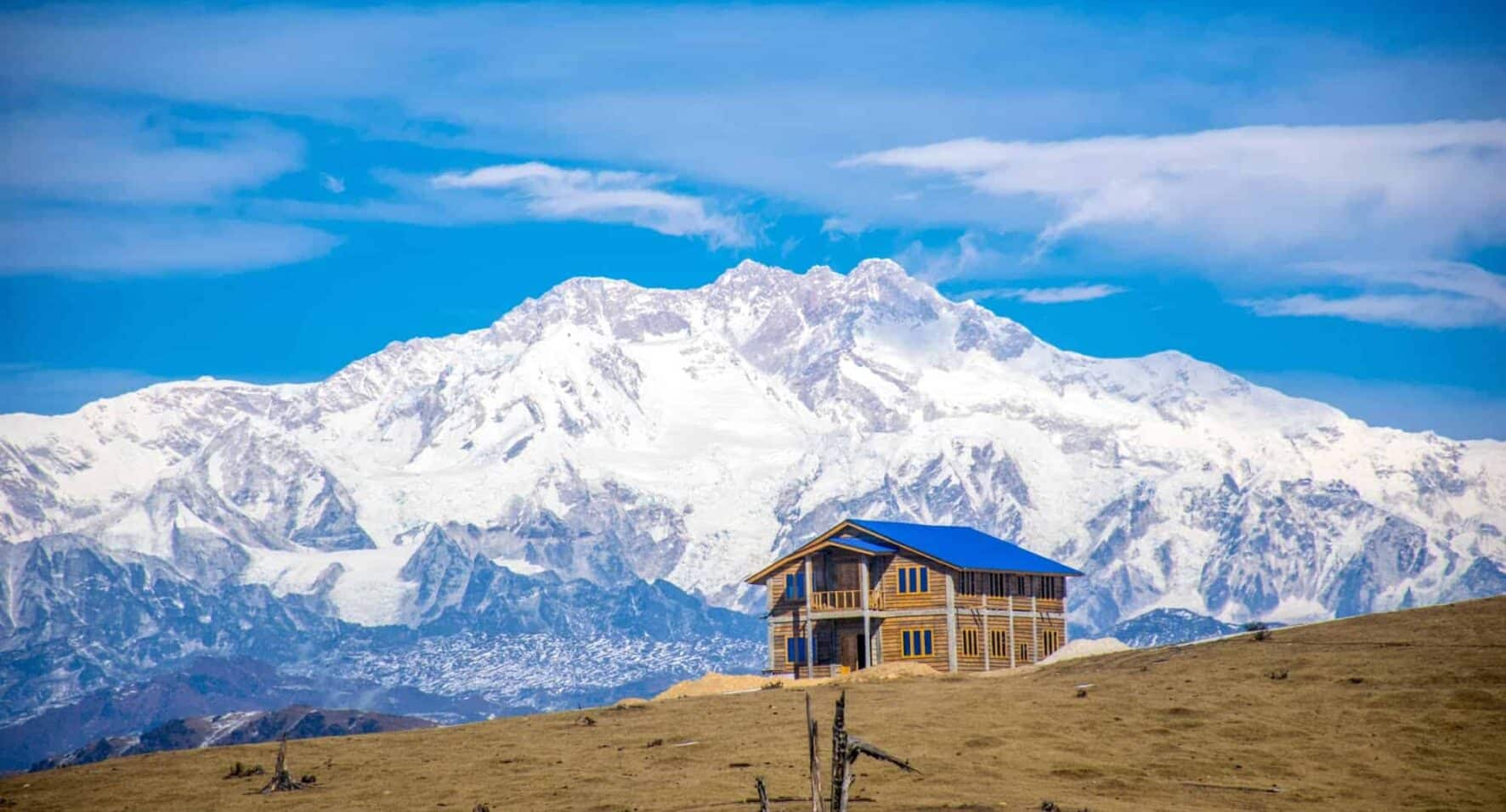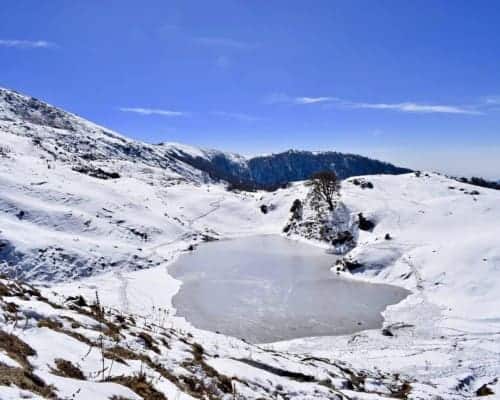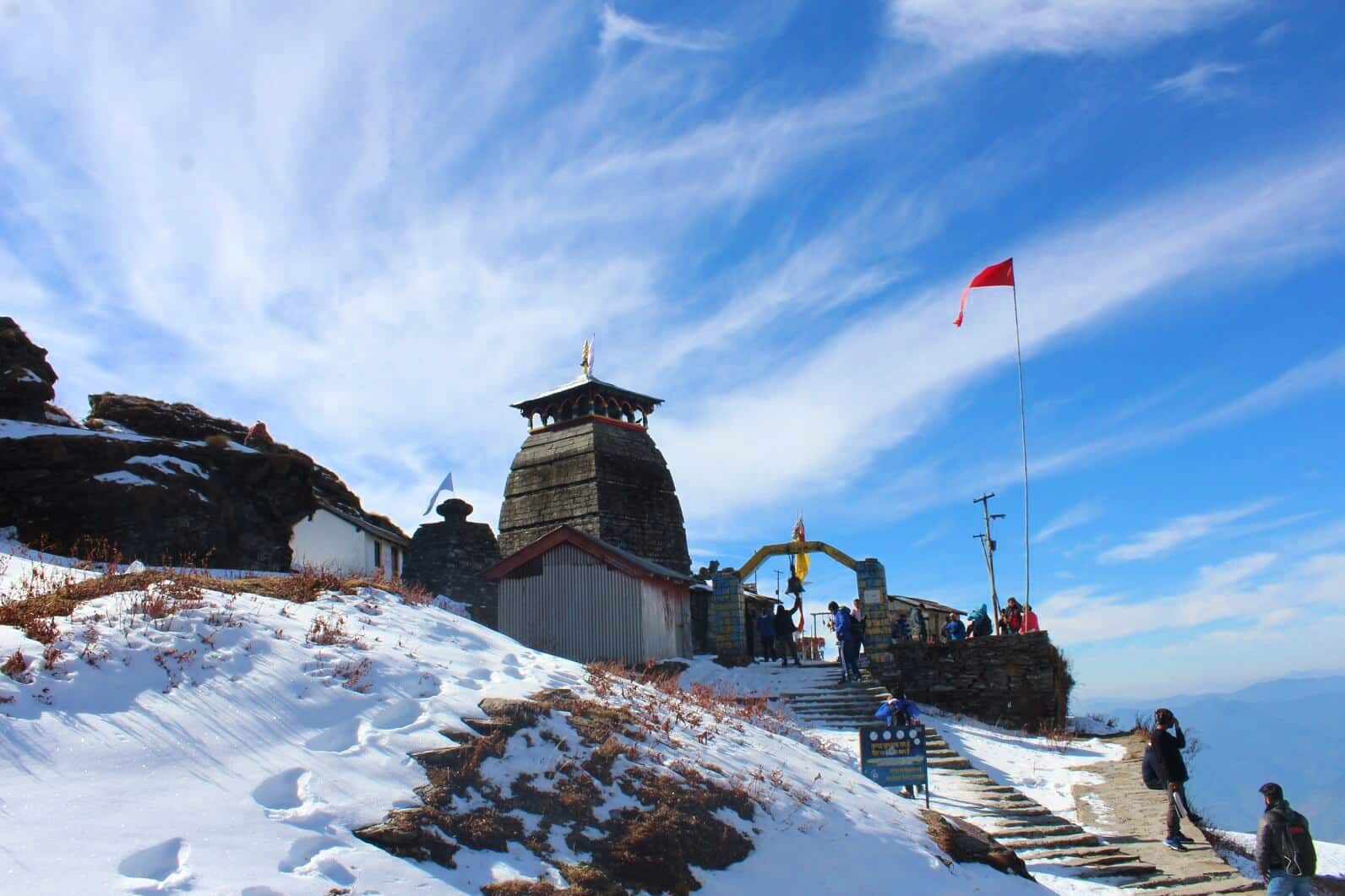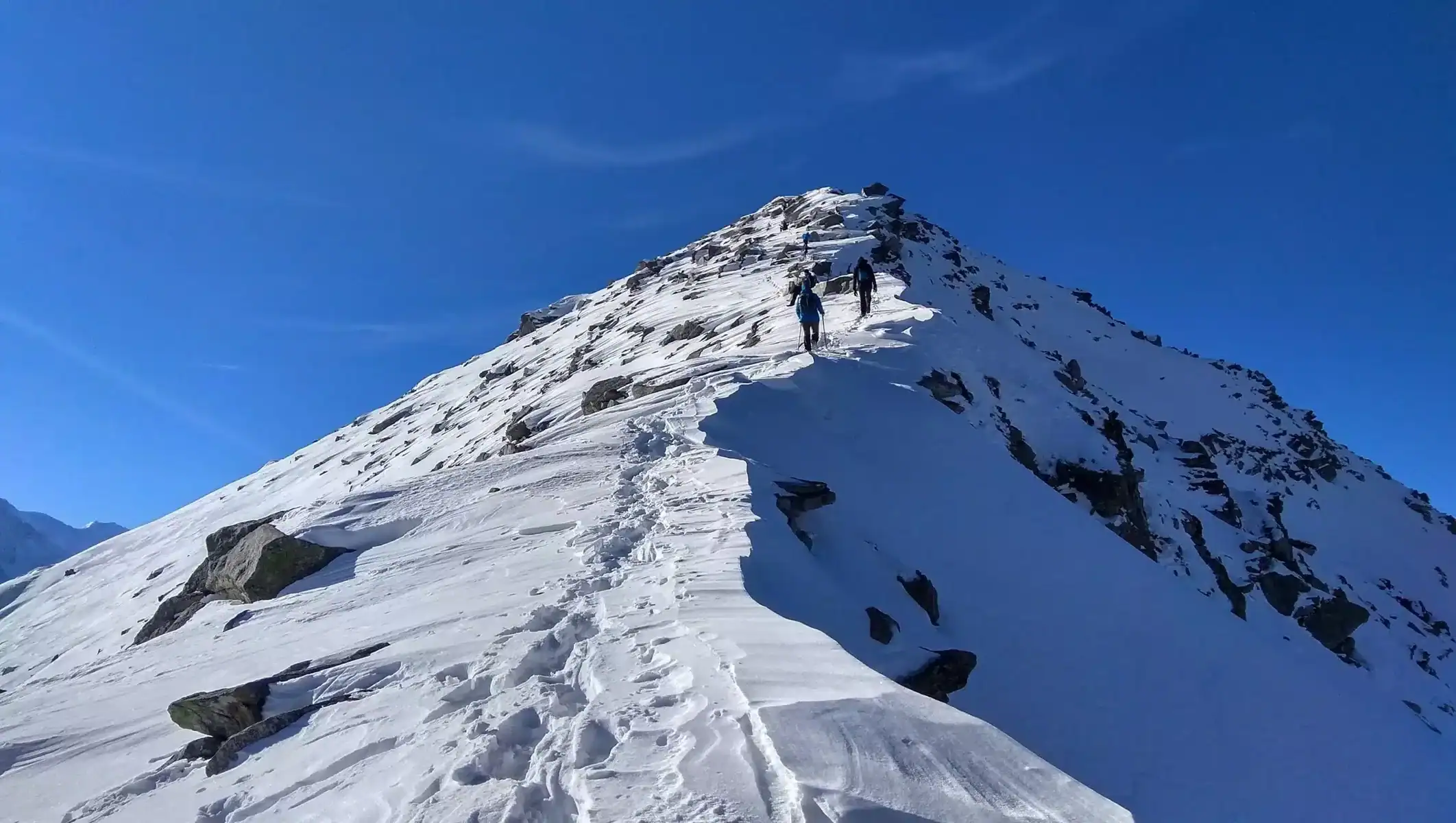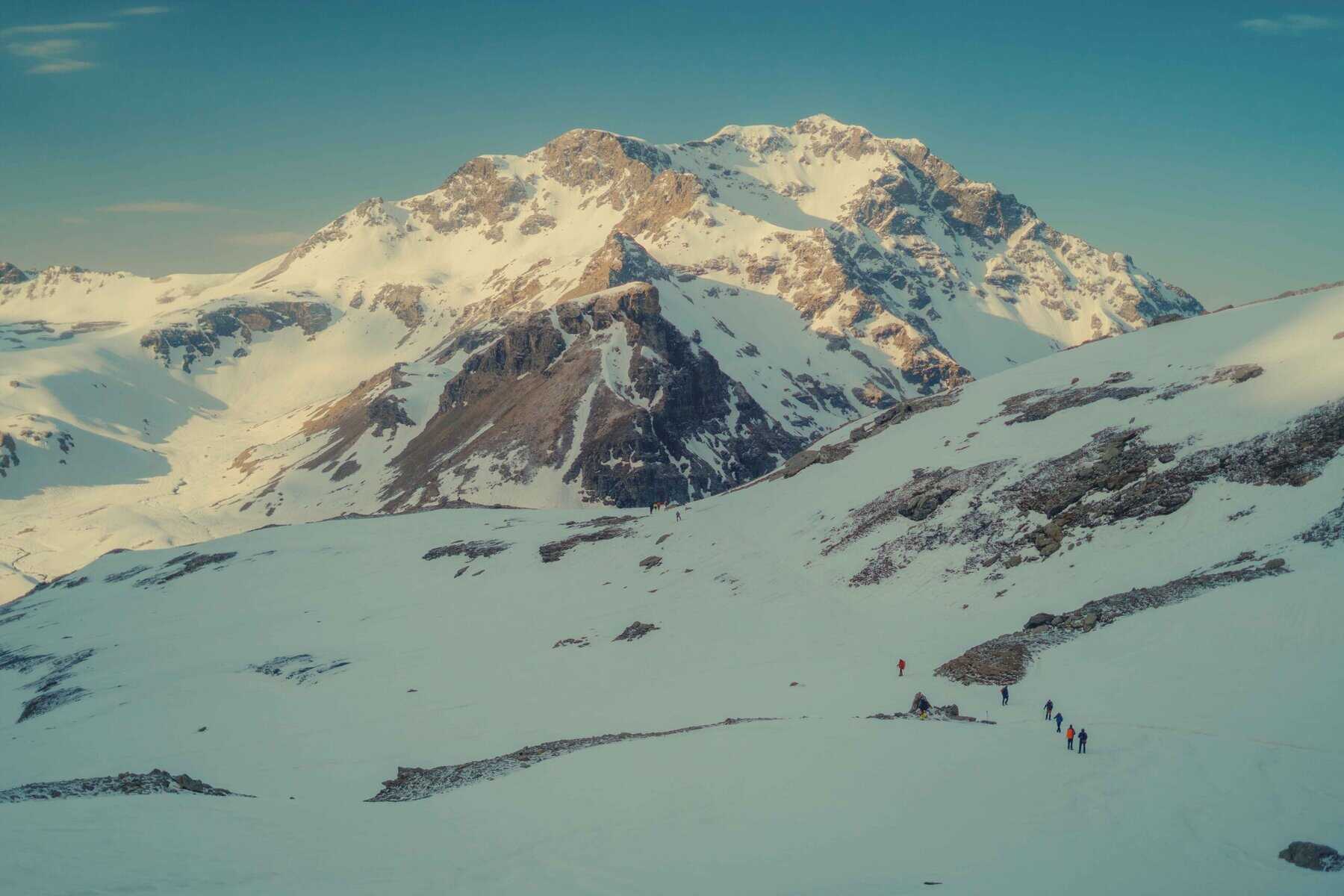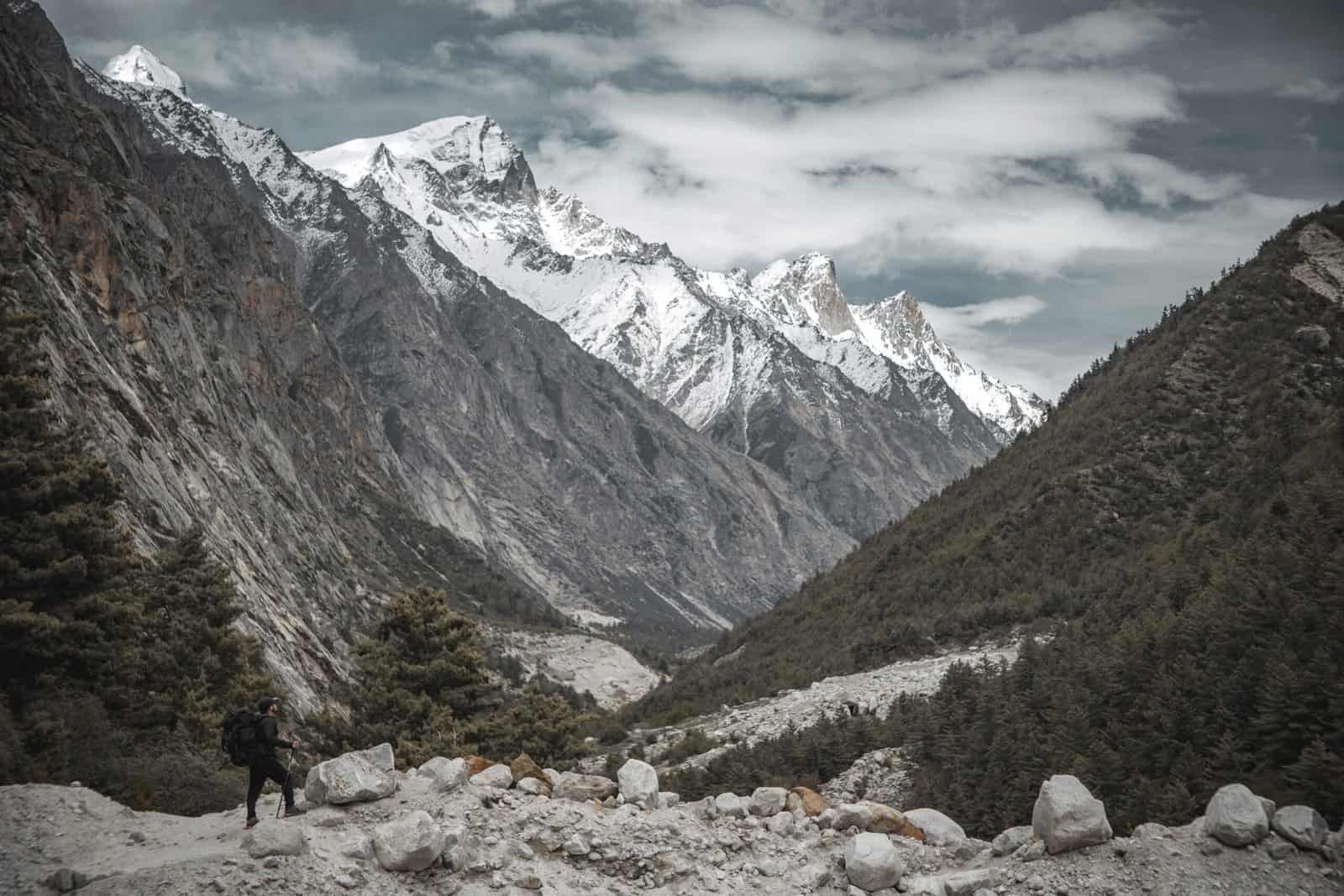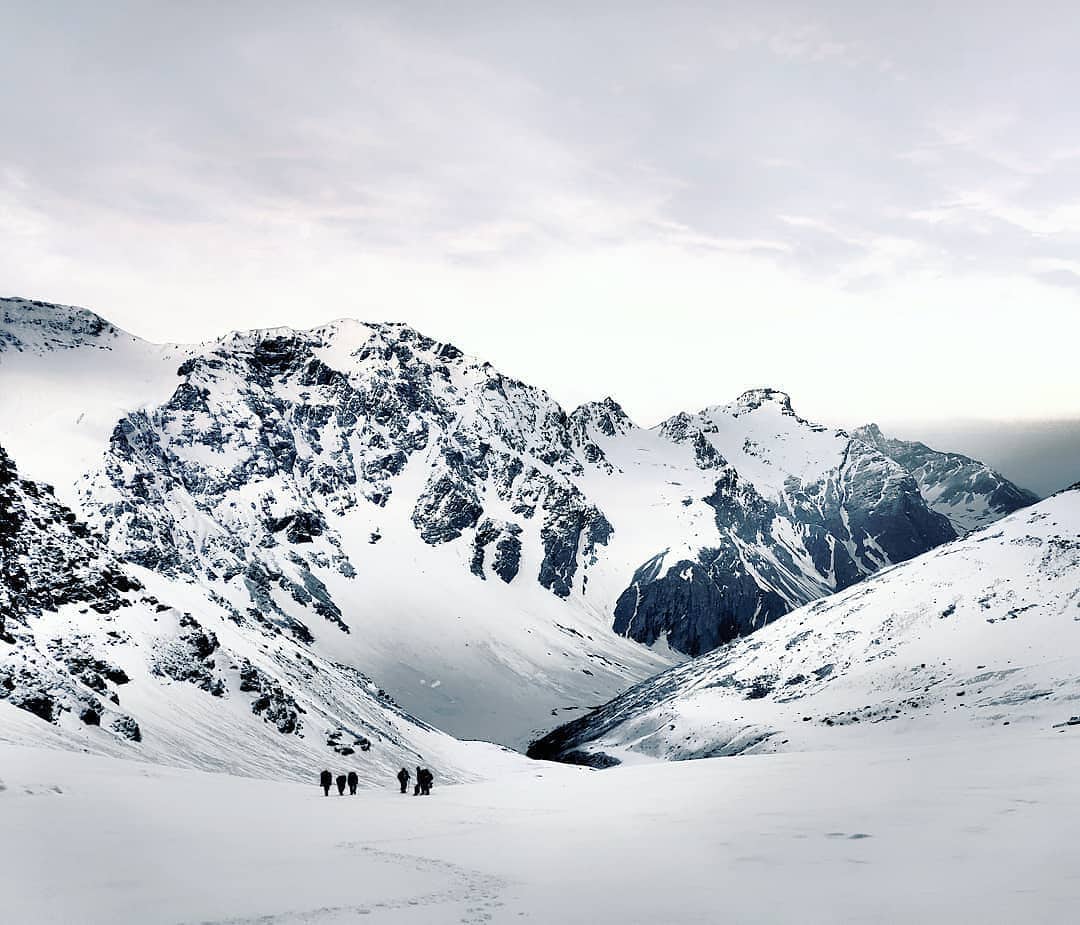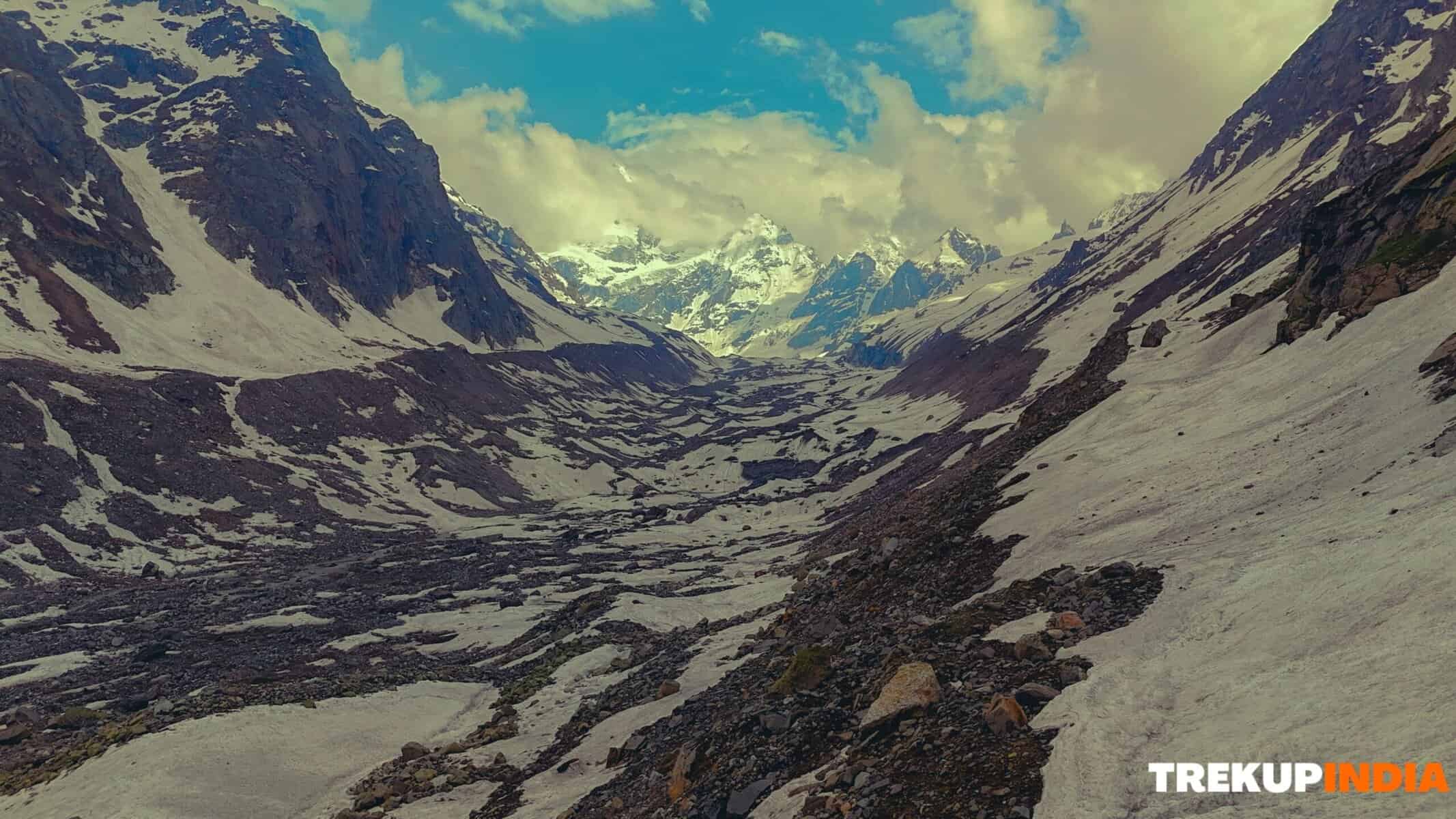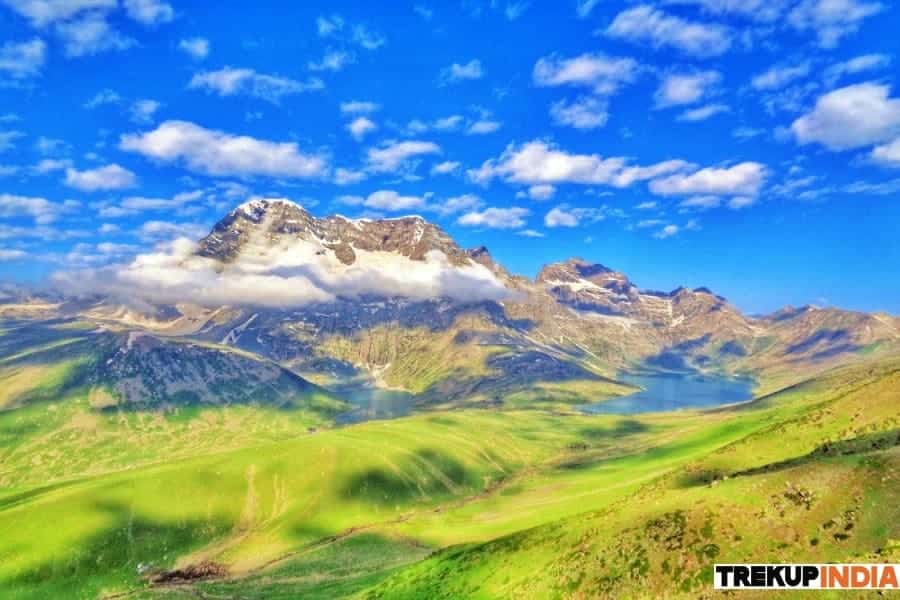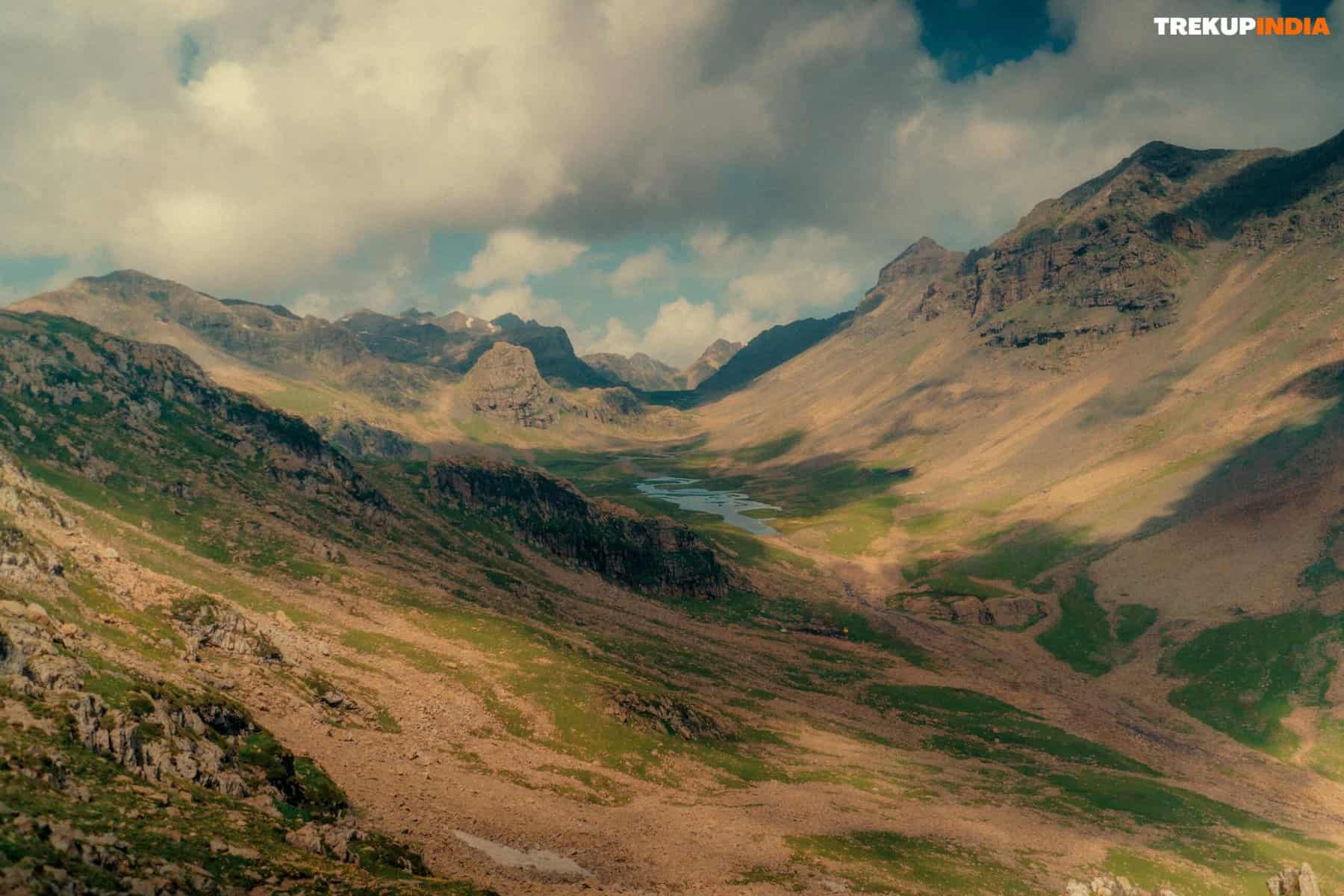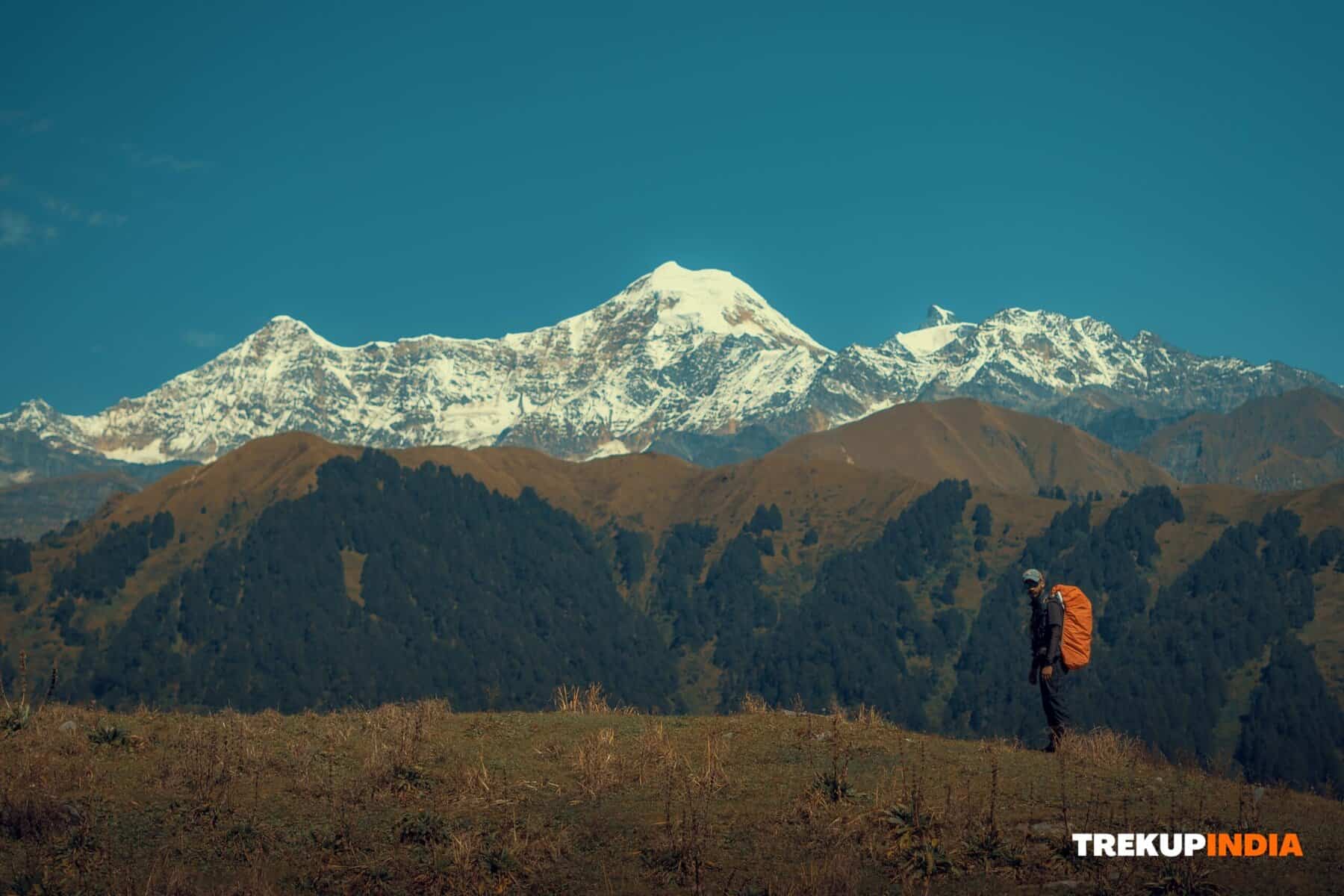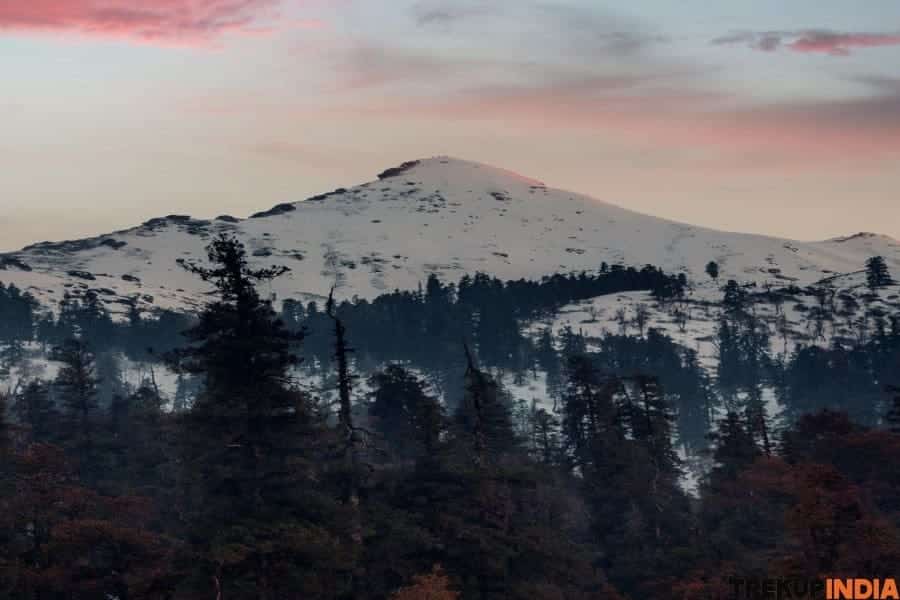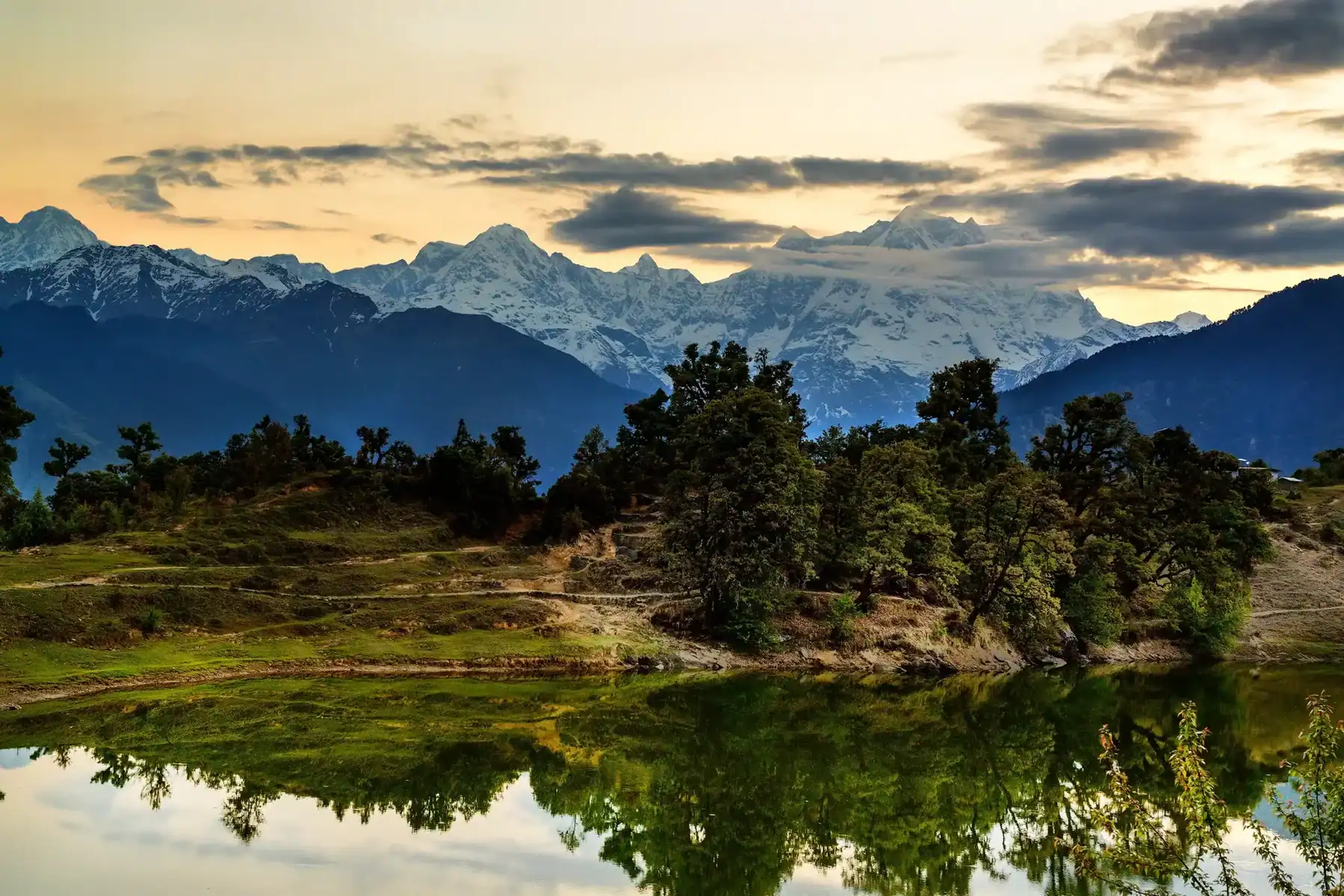Ambaji Durga Trek
Ambaji Durga Trek
The Ambaji Durga Trek is a practical and lesser-known walk that can be reached within a 1.5-2 hour drive from Bangalore. It is a perfect chance for novices to enjoy a fast and enjoyable hiking experience with their loved ones. The trek is located along the Bangalore-Chintamani Highway in the Kolar district of Karnataka. The route includes a pleasant journey through farmlands and Deccan forests and browsing over stones and rocks to reach the remains of the Fort and the Anjaneya temple. At the summit, hikers are rewarded with breathtaking views of the nearby city of Chintamani, in addition to extensive flatlands dotted with little hills. From this viewpoint, one can spot the peaks of Nandi Hills, Skandagiri, Chintamani and Kaivara.
The Ambaji Durga trek is distinct, to name a few treks near Bangalore, since it includes both culture and history. In addition to the temples, the trek permits you to check out the remains of the Ambaji Durga Fort. It uses an exciting mix of 3 various cultures. Being close to the Andhra Border, there is a visible Telugu impact from the Rayalaseema area. While Kannada is the primary language spoken here, Chintamani’s history exposes traces of its Maratha heritage due to different kingdoms in the location.
The Ambaji Durga and Kaiwara Forts stand as proof of this abundant heritage. These hills hold substantial historical worth, real estate cavern temples, forts, ancient bibles, and idols. Throughout this trek, you will trek uphill to reach the ruins of the Ambaji Durga Fort, built by the Maratha rulers. Along the way, you will likewise come across two temples: the Durga Temple situated in the centre and the Anjaneya or Hanuman Temple located at the leading.
This trek is appropriate for newbies of any age. Households, good friends, and colleagues can come together and find this trekking route.
Best Time to do Ambaji Durga Trek
The best time to start the Ambaji Durga Trek is throughout the post-monsoon and winter when the weather condition is enjoyable and conducive to a comfy travelling experience. The months of March, April, May, and June are best prevented as they are defined by intense heat, which can make the trek challenging and undesirable.
Throughout the summer season, it is essential to use a cap or hat to safeguard yourself from the scorching sun, especially when browsing the stone area of the trail. This area can become incredibly hot throughout this time of the year.
If you are preparing to trek throughout the monsoon season, it is a good idea to bring a poncho or raincoat, in addition to a rain cover for your knapsack, to guarantee that you stay dry and comfy. Nevertheless, it is not advised to trek throughout heavy rain, as the trail can end up being slippery and harmful, possibly destroying your experience.
Ambaji Durga Trek Trail Information
Konappalli to Durga Temple
The journey covers roughly 8.5 kilometres in overall range. To start this experience, you’ll need first to reach the base of Ambaji Durga Hill. Start your trek early in the morning from the neighbouring Parking Lot, and make your method through the surrounding farmlands before getting into the forest. The uphill climb will take 2-3 hours to reach the summit.
The journey starts near Konappalli, beside a little sanctuary at the bottom of the hill. You can park your automobile here. The preliminary part of the route will lead you to the Durga temple, roughly 3.5 kilometres away. Travelling along the course, you will see the attractive landscapes, regrettably spoiled by spread plastic particles. Let’s sign up with forces and aim to keep our trekking routes tidy so that when you bring your household here, they can delight in the appeal of the landscape. There is no significant course from this point, so you must go through the village fields to reach the forested location. Kindly ask the residents for instructions on the Fort, and they will be more than happy to assist you. Take care as you traverse through the locations where regional crops are grown. The trail to the Durga temple is a little experience in itself, as you need to cut through the lawn and shrubs to arrive. From there, a steady and straightforward climb will lead you through an area of high turf and into a dry forested location. Comparable to in the past, there is no distinct course, so you will be required to produce your route through the high lawn and bushes. If you require support, you can describe the GPX file offered to follow the trail.
As you venture through this area, keep a sharp lookout for a range of exciting animals, consisting of butterflies, lizards, and stick pests that might be moving about. This location is home to an extraordinary range of tree types, consisting of Bor, Babhool, Hivar, Flame of the Forest, Shirish, Teak, Banyan, and Peepal. These plants play an essential function in avoiding desertification and disintegration. Throughout the fruiting season, they supply nourishment and shelter for various mammals, birds, reptiles, and pests, supporting a flourishing food cycle. If you’re a devoted birdwatcher, you’ll be delighted to identify a range of meadow birdlife, consisting of the Great Indian Bustard, Lesser Florican, Pallid Harrier, Black Kite, Brahminy Kite, Common Kestrel, Baya Weaver, Stonechat, Pied Bush Chat, and various types of Drongo, Lapwing, Dove, Quail, Lark, Shrike, Babbler, Egret, and Pipit.
As you leave the woody location, you’ll come across the remnants of the Ambaji Durga Fort. Glimpse rightwards, towards the east, to take in the panorama of Kaiwara town and the extensive farming lands listed below.
Quickly after, you’ll get to the Durga temple and the Anna Dan centre, marking the beginning point of the pilgrim route. Pilgrims typically drive to the temple, take part in the Prasadam at the centre, and, after that, continue towards the Anjaneya Temple. You’ll discover rock-cut actions leading up to the latter from this area.
Senior family members can unwind here while others go to the Anjaneya Temple. This is likewise the last chance to refill your water bottles and enjoy an essential meal. If the crowd is small, discuss with the middle-aged woman in her early forties at the Durga temple or Anna Dan Center. She’ll happily share the history of the Fort and temple with a warm smile. Make sure to return her smile with an even brighter one.
You can pick to check out the temple now or wait for later on; after checking out the leading and coming down, pull back.
Durga Temple to Top of Ambaji Durga
The course causing the top of Ambaji Durga starts on the left side of the Durga temple. You can take this route without needing to go into the temple premises. After a minor bend, you will come across the first raised area of the hill. Keep ascending slowly towards the east until you reach a point where the climb turns towards the west. From here, you will browse through a series of grass-covered stones and rocky locations. Ultimately, you will reach the 2nd raised area of the hill, accompanied by a set of actions. Take a time-out, hydrate yourself with some water, and proceed with little actions. This climb is reasonably straightforward and is marked with actions that come from the fort. Watch out for groups of monkeys in this stone location, as they can be rather entertaining with their lively habits.
The course in this part is noticeable, unlike the previous part. You must leap and step over some rocks and big stones in this area. During the time after heavy rainfall, this location is filled with thick plant life that might need climbing over.
Quickly, you will be close to the peak of the little hill. If it were allowed by the forest department, this might have been a perfect area for outdoor camping. Nevertheless, outdoor camping is not enabled, and investing the night on this hill or the nearby hills is not an alternative. Take a while to check out the environment and value the view of the fields, green farms, Chintamani and Kaiwara peaks, and the highway resulting in Andhra Pradesh. The journey pulls back to the beginning point and follows the same course. It will take around 1.5 to 2 hours to reach the Parking Lot. The descent consists mainly of a high, zigzag trail, so beware, particularly throughout the rainy season when the mud can quickly trigger slips.
How to Reach Ambaji Durga Trek
To reach Ambaji Durga, you can begin your journey from the village of Vaddahalli, which lies between Kaiwara and Chintamani in Karnataka’s Kolar district. The village is quickly available from the neighbouring towns and is just 4 km from Chintamani. If you choose, you can take the lanes from the NH75 highway to make your technique even more accessible. If you’re driving, you can take the Bangalore-Andhra Pradesh highway (NH75) and park at the Durga temple, which has sufficient parking space. From there, you can climb the stairs 1 kilometre to the hill.
After crossing Kaivara, continue towards Chintamani and request instructions to the Ambaji Durga Fort. You’ll quickly get to the village of Vaddahalli, where you can ask anybody for instructions to the hill base, and you’ll exist in no time.
Reaching Ambaji Durga by means of Public Transport
The beginning point for climbing Ambaji Durga is a parking area at the base of the hill. If you’re counting on public transport, buses departing from Bangalore’s Majestic Bus Terminal and heading to Andhra Pradesh will take you to Chintamani. From there, you can work with a regional automobile or taxi to carry you to the base of the hill.
Additionally, you can take a bus from Bangalore to the Chintamani bus stand, which is a hassle-free choice as all buses travelling to Andhra Pradesh will travel through Chintamani. When you reach the primary bus stand, you can select between a shared automobile or an individual vehicle to take you to Ambaji Durga Hill.
The range between the town and the hill is roughly 5 kilometres, and you’ll have different public transport alternatives offered, consisting of shared vehicles, personal automobiles, and taxis. If you choose to stroll, you can cover the 4 kilometres from the town to the hill by means of village bylanes, leading you to the car park and the beginning point of your trek.
Dates For Upcoming Treks
Want To Trek Like Pro?
Basically, watch these videos if you want to trek the same way professional trekkers do and make your skills better. These videos contain useful tips and techniques to further improve your trekking skills itself. These videos actually help both new and experienced trekkers improve their trekking skills. These videos definitely provide useful tips that make your trek better. We are seeing that these videos by Trekup India experts will only help you make your trekking skills better.







Know Everything About Acute Mountain Sickness
Acute Mountain Sickness occurs when people trek to high altitudes above 8,000 feet. This condition itself develops further due to reduced oxygen levels at such heights. Basically, as you go higher up, the air pressure and oxygen levels decrease, which causes the same problem. Acute Mountain Sickness surely causes headache, nausea, vomiting, and dizziness in affected persons. Moreover, peoples also experience difficulty in sleeping during this condition. To avoid mountain sickness, you should actually trek up slowly to higher altitudes. To learn further about this condition itself, watch the videos by Trekup India.





